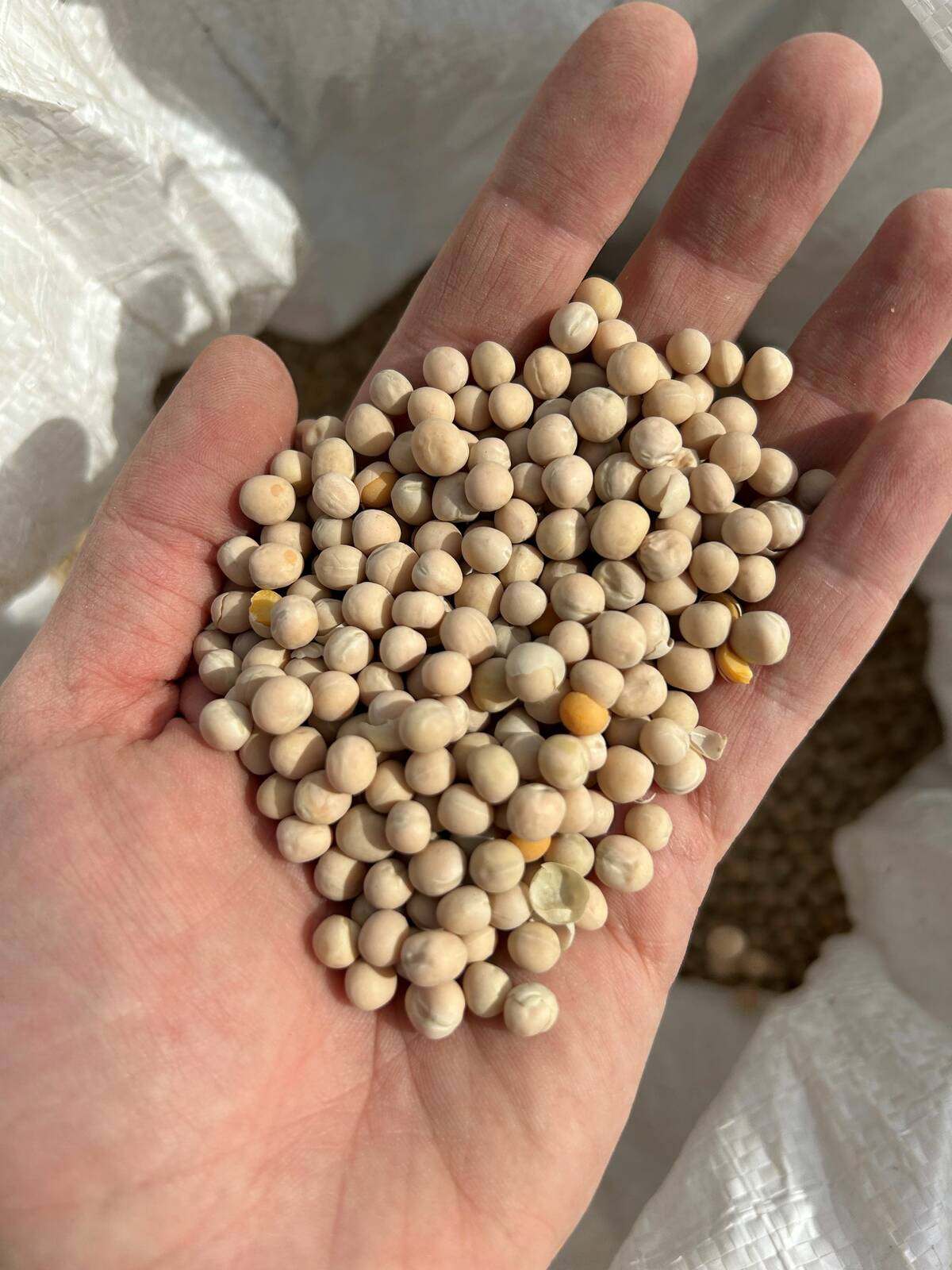CNS Canada — Canadian farmers intend to seed less canola than most industry participants had anticipated this year, according to the first survey-based estimates from Statistics Canada, released Thursday.
However, adjustments to actual seedings are still possible, as spring seeding has yet to begin across Western Canada.
StatsCan pegged canola area at 19.8 million acres, which would be down from the 19.9 million seeded in 2013. Average pre-report estimates had been for an increase of at least a million acres in canola area on the year.
Read Also

Pulse Weekly: No upside for peas until after New Year
Prices for green and yellow peas have dropped back across the Prairies over the last week. One of the major downward drivers was the Statistics Canada production report released earlier this month, said Levon Sargsyan of Johnston’s Grain in Calgary.
“The headline number is canola, and it didn’t just fall short of trade expectations, it was actually lower than last year,” said Mike Jubinville of ProFarmer Canada. He noted the survey was conducted a month ago, and still felt actual area could be up on the year, given changing market and weather conditions.
“It’s supportive for new-crop canola,” said Jerry Klassen, manager of GAP S.A. Grains and Produits in Winnipeg, on the lower acreage.
A return to average yields, after the record crops grown in 2013, would also help cut into the burdensome supply situation for canola, he said. However, with the record yields still a very fresh memory, growing conditions over the summer will now be a major focus in the market.
All wheat area, which includes spring wheat, durum, and winter wheat seeded in the fall, was pegged at 24.9 million acres by StatsCan — right in line with trade expectations but below the 26.3 million seeded the previous year. Of that total, durum was pegged at 4.8 million acres, down only slightly from the 4.9 million seeded in 2013.
“It’s still a sizeable wheat acreage,” said Jubinville.
Overall, the acreage adjustments were seen as “minor tweaking,” with producers generally holding to their rotations, said Klassen.
Of the smaller crops, expected barley area was down on the year, with StatsCan pegging the grain at 6.3 million acres. That was at the low end of trade guesses and well below the 7.1 million acres seeded in 2013.
Flaxseed, at 1.7 million acres, is expected to see a major acreage increase on the year, according to the StatsCan survey. Farmers only seeded one million acres to the crop in 2013.
Relatively favourable returns for flaxseed and the fact that producers were finally getting more comfortable with the crop following the Triffid scare of a few years ago were likely behind the acreage increase, Klassen said.
Oats intentions held steady at 3.2 million acres, in line with trade guesses.
Pulse crops were up across the board, with peas, lentils, and soybeans all seeing big acreage increases on the year.
— Phil Franz-Warkentin writes for Commodity News Service Canada, a Winnipeg company specializing in grain and commodity market reporting.
Table: A recap of Statistics Canada’s acreage intentions report for the period ended March 31, 2014. Pre-report expectations are provided for comparison purposes. Figures are in millions of acres.
| StatsCan | Pre-report | StatsCan | |
| March 2014 | estimates | 2013-14 | |
| Canola | 19.801 | 20.000 – 22.000 | 19.936 |
| All wheat * | 24.936 | 23.500 – 25.200 | 26.257 |
| Durum | 4.835 | 4.500 – 4.900 | 4.965 |
| Barley | 6.310 | 6.100 – 7.200 | 7.083 |
| Flaxseed | 1.715 | 1.100 – 1.500 | 1.035 |
| Oats | 3.188 | 2.900 – 3.600 | 3.168 |
| Peas | 3.975 | 3.300 – 3.800 | 3.285 |
| Lentils | 2.860 | 2.500 – 2.800 | 2.393 |
* – All wheat includes durum, other spring wheat, and winter wheat seeded in the fall.
















